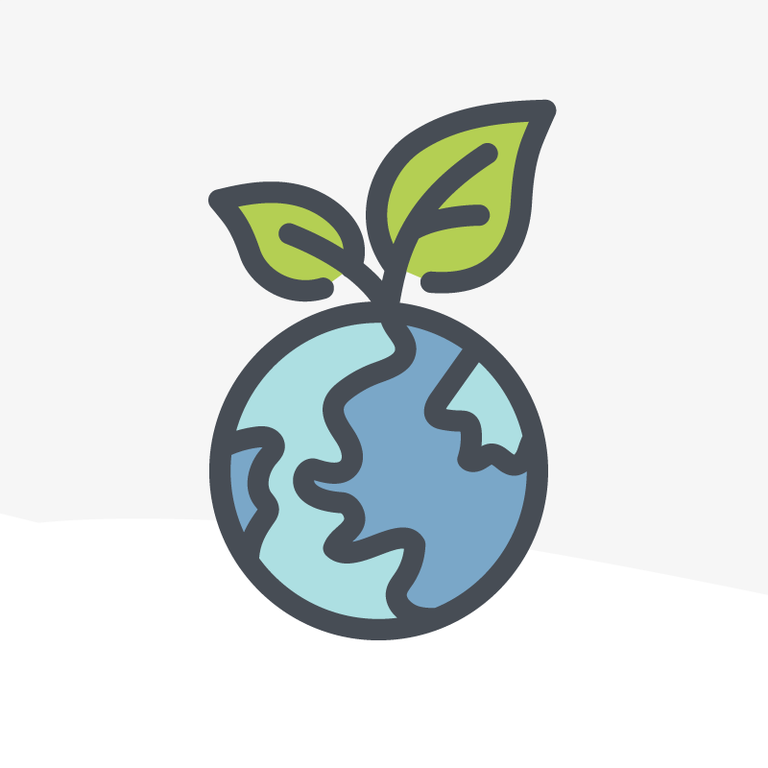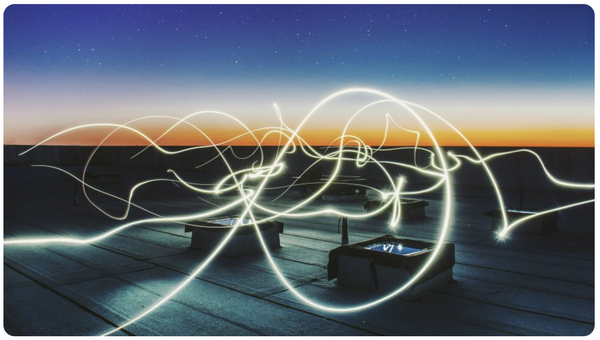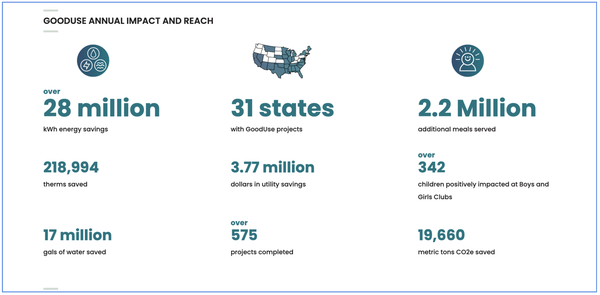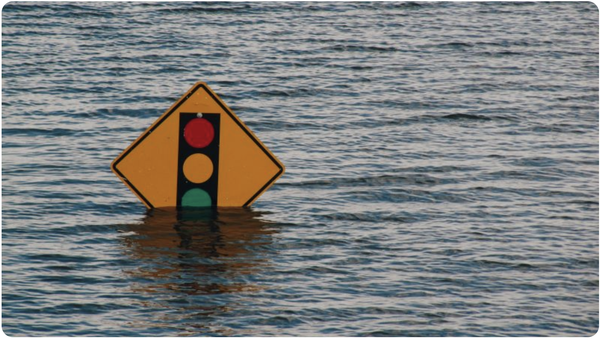
Accessible Climate Action Nonprofits Can Take Now
We blaze trails, code in the cloud, serve as data ninjas, and serve as silent database heroes in the sandbox, but did you know that our cloud-based work still has a carbon footprint? We serve a lot of good for a lot of organizations, but what can we do to help offset the environmental impact of our work?

This month, we are combining our Arkus expertise with the expertise of our client, Southface Energy Institute, to share a handful of tips that anyone working with a computer can use to help keep their corner of the cloud clean.
Here are four ways you can be a part of the solution and reduce or eliminate your carbon footprint in the cloud.
Educate Yourself on Your Actual Impact
Did you know the average basic cloud-based CRM uses 70 kilowatts per hour? That means the annual impact for one basic CRM can have the same equivalent gas emissions as if the organization’s database administrator were to drive 653,496 miles. Imagine that “the cloud” is in outer space, the same as driving to the moon 2.7 times per database, emitting 256 metric tons of CO2e emissions annually.
And that is just one org. Do the math: the numbers can quickly become grim.

256 metric tons of CO2e emissions is the average energy required to run servers just for a CRM. That figure does not include the energy required to power the entire operations of an organization. Energy is likely also used to power lights and provide heating or cooling in the spaces where people work. And for many nonprofits, these utility expenses are the second highest operating expense.
Fortunately for those of us using Salesforce, Salesforce did take action to become carbon neutral in 2019. That is an inspiring step in the right direction and can account for the CRM energy use, but organizations are still on the hook for the rest of their impact. Start somewhere and actually calculate your use. Use a tool like ClimateHero, or check out what Salesforce is doing.
Get Help to Reduce Your Utility Use
Once you sense your energy use level, it might seem challenging to know what to do with the information, but options other than high-carbon electricity are increasingly accessible.

Nonprofits of all sizes, including the Boys & Girls Club of America, Feeding America, and Fox Theatre Institute, have worked with Southface to receive support in reducing their utility use through Southface’s GoodUse program, while others have achieved success through Southface’s BIT Building program.
Keep Clicks and Code Clean
The hard drive on your computer only requires a fraction of a kilowatt to save your information, whereas the electricity necessary to save something to the cloud takes up more energy. For instance, 1 gigabyte of the cloud uses around seven kilowatts per hour. If someone stores one terabyte of information on the cloud using data storage, according to electricity rates in the U.S., that means they are creating a carbon footprint equivalent to 500 kg CO2e emissions.
Simpler processes and updated automation can reduce needed energy. When the Salesforce engineering team put together the Carbon to Serve metric, which involves writing code more effectively they reduced their emissions by 26%.
Consider what content you really need to use and why. Are you sending emails to long and inaccurate lists? Saving duplicates? Hoarding data? Stop. Create with cleanliness in mind.
Actually, Take Action
While vital, education can only go so far. Action is required for actual impact, and while action can seem daunting, real change is possible if you just start somewhere.

Patagonia Founder and CEO Yves Chouinard quoted Wang Yang Ming in his memoir that recounts the history of Patagonia’s commitment to environmental stewardship —
“To know and not to do is not to know.”
Now is the time to act. Do your excuses for inaction hold up anymore? Build on the knowledge of your energy use, take stock of utilities, clean up your clicks, and keep going. It is possible to take small steps that add up to meaningful impact. Here are a number of ways to continue to clean up your corner of the cloud:
- Initiate a conversation with your team about going Net Zero.
- Commit to join 1t.org or another pledging initiative for accountability.
- Get materials from a company like Eco Promotional Products. Arkus does!
- Pledge to plant trees instead of giving away other swag items.
- Explore reputable carbon credit offset. Not all programs are created equal.
- Explore NetZero Cloud and the work Salesforce is doing.
- Reach out to an expert team that helps others with energy use, like Southface.
- Reach out to Arkus to learn more about how we can help.

“Our partnership with Arkus has helped create a better user experience for our team and those we serve – giving power to our mission as we work towards our vision of a healthy environment for us all, achieved and sustained by innovation and equity in the communities we build together.” - Stephanie Brown, Vice President, Development, Southface.
From improving processes that reduce wasted time and resources, to helping you move to Salesforce if you aren’t on the platform already, to helping you power your mission and increase your impact like Southface — we are here to support your work and help to ensure that impact is not at odds with the crucial needs of our home, planet Earth.

